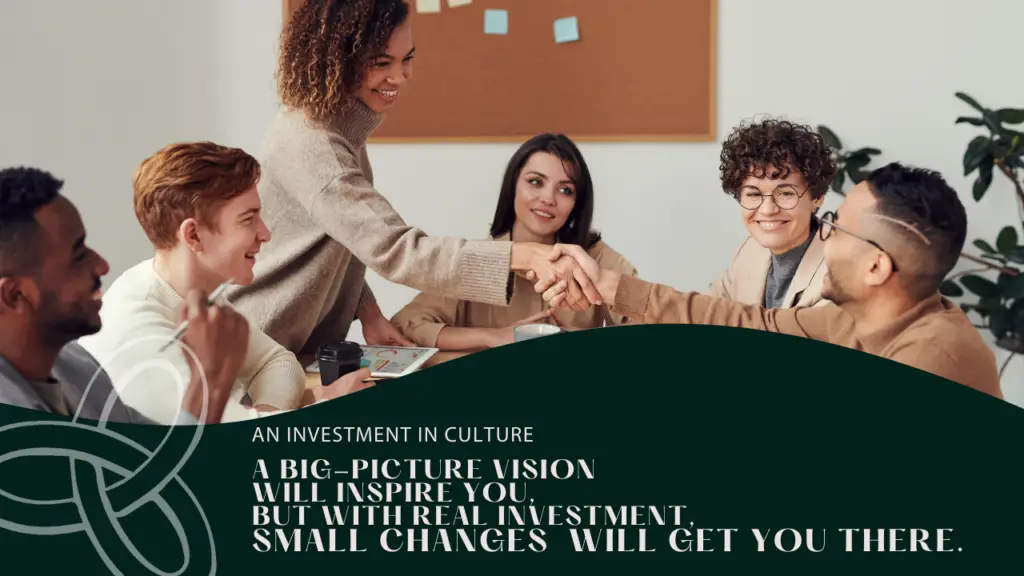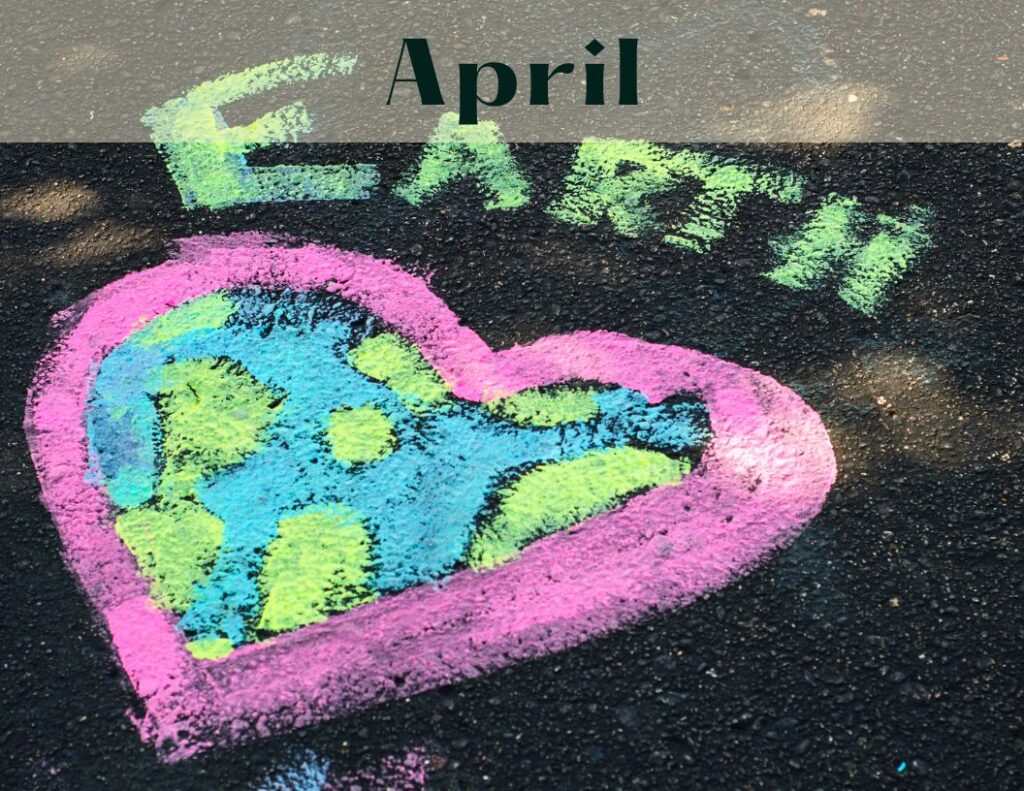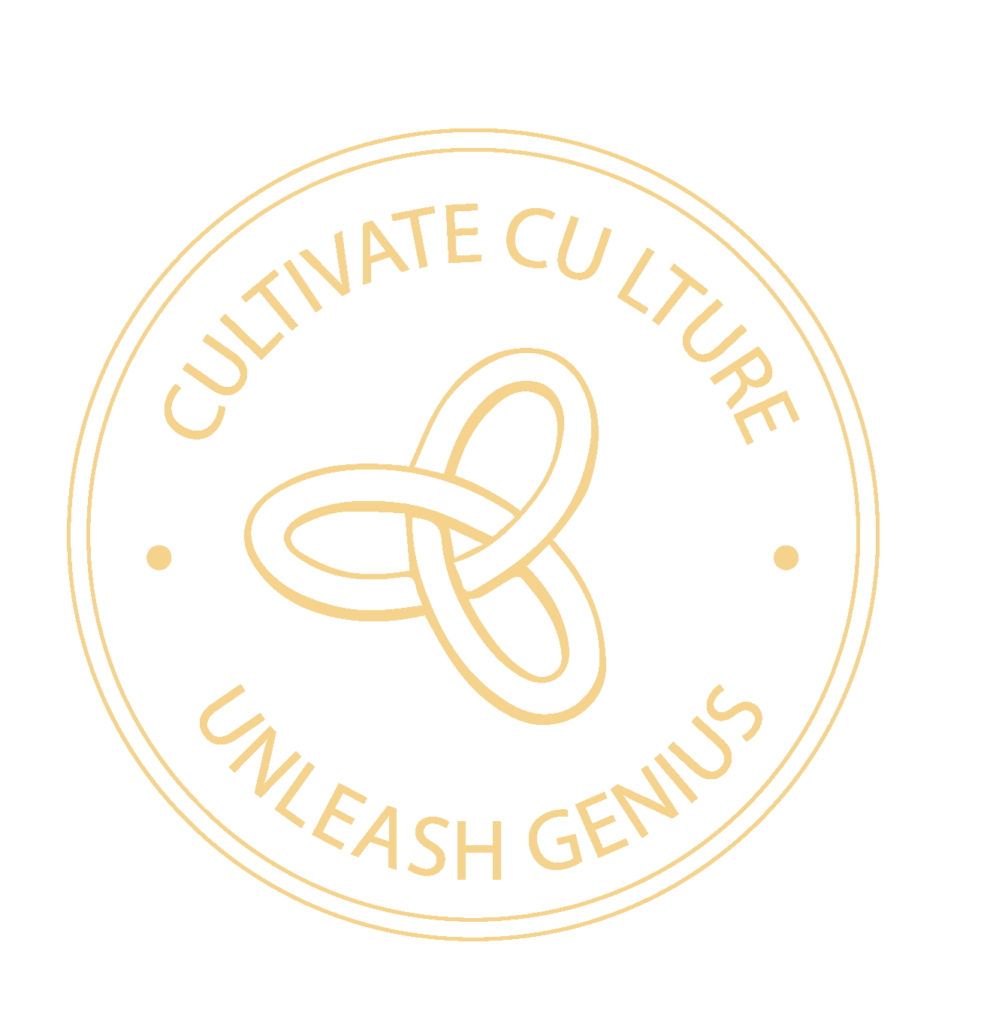Underfunding DEI: A Costly Mistake for Your Organization
Underfunding diversity, equity, and inclusion (DEI) initiatives and professional development sends a clear message to employees – their value is not a top priority. Despite having genuine intentions to improve culture and employee experience, inadequate investment in the people and programs responsible for driving positive change undermines these efforts. DEI and professional development are crucial components of a thriving culture and require proper funding to be effective.
Gone are the days when “culture” merely meant providing free snacks and ping-pong tables. Today, employees seek more than just a workplace that claims to prioritize diversity, equity, and inclusion. They want comprehensive support in their day-to-day experiences, requiring a culture that permeates every aspect of work. To achieve successful integration, dedicated and well-funded budgets are necessary for these programs.
Window-Dressing DEI: The Downfall of Underfunded Programs
Employees need more credit – especially the ones who are hired specifically to support DEI efforts and training programs. It doesn’t take long to notice when requests for data, training, and initiatives are repeatedly refused because there aren’t enough resources. Companies may be able to claim to have someone doing the work, but scratch beneath the surface and there’s not much meaningful work to be found.
Like the rise of green-washing during the early days of corporate sustainability, DEI-washing has risen over the last several years. Companies are choosing window-dressing efforts – like photographs of their few employees of color on the website over serious change-making projects. And with employees becoming more emboldened to call out toxic and disingenuous corporate actions, half-baked culture initiatives are becoming just as risky as none at all.
Sustainable Impact: The Power of Ongoing Implementation
Twenty years ago corporate training (outside of necessary job skills) was focused on leadership, team building, and strategy. As DEI training picked up steam, companies spent years putting on one-time annual workshops about bias and sensitivity training to check the box. Not much has changed since. But one-off, high-level workshops barely scratch the surface of the education, shared language, and mindset shifts needed to make a sustainable impact on organizational culture.
In order to create a culture where employees are able to bring their personal best to work, DEI, leadership development, emotional intelligence skills training, and open conversations need to be integrated not just into employee events, but policies, processes, and operations at every level.
Investing in Culture: Unlocking Returns
Basing efforts on what you can afford versus what you truly need (and investing in the exploration to know what you need) can do more harm than good. Funding programs, particularly training and development programs, fuels retention and the bottom line. Studies show that not only do career-advancing learning opportunities keep employees at companies, their availability somewhere else is enough to make a move.
Besides a competitive salary, feeling supported as they grow – and having a view of what they’re growing into – creates the kind of retention that builds high-performing teams. And high performing teams are key to growing the bottom line.
Every company in every industry has costs that take priority to provide their products and services efficiently and promote new growth. When line items like materials, salaries, and equipment are involved, intangibles like workshops, coaches, and corporate communications can appear like nice-to-haves, not requirements. Shifting the focus from the tactics to the asset you’re really investing in – your people – changes everything. Funding DEI and development programs doesn’t just bring the benefits of a truly inclusive culture, it shows your employees that they’re valued, bringing value back to you.
At Culture Refinery, we understand how overwhelming this work can be, and break down the process of awareness, learning, and strategic change and implementation for the organizations we work with to make sustainable change possible. While some aspects of a business might need a total overhaul, many more simply need to be refined and delivered more consistently and that’s where the real change happens. A big-picture vision will inspire you, but with real investment small changes to how you operate day-to-day will get you there.




